Rome, in addition to being the capital of Italy, is one of the most beautiful and fascinating cities in the world, rich in history, art, culture and traditions. Visiting Rome in a week is the perfect duration to move around almost like a local, take advantage of the main attractions and leave satisfied, but you need to organize your itinerary well so as not to miss any of its wonders.
Don't worry, in this article we offer you a complete guide to Rome, to spend seven unforgettable days in the eternal city, with suggestions on what to see and how to get around, developed in a real itinerary that marks the time of your day and will help you get to know both the beauties of Rome and some places for a trip out of town.
Extra tip! To make the most of your week in Rome, you have a faithful ally. Visit Rome Pass, in its 7-day version, gives you access to Rome's most famous attractions as well as getting around the city's public transportation for a week.
One week in Rome with Visit Rome Pass 7 days
A week in Rome: a guide on what to see and do
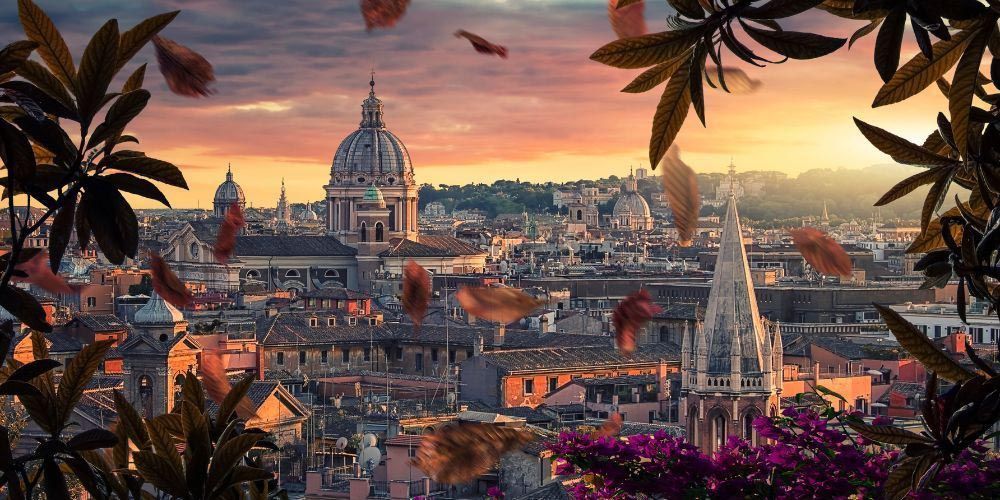
There are countless places to visit during a week in Rome, the perfect destination for those who want to take a journey through the history of the Roman Empire, but also into Renaissance art, perhaps starting with the Sistine Chapel and the Vatican Museums, without neglecting contemporary Rome.
Rome is a large metropolis, so as not to feel lost it is good to have precise points of reference, we recommend starting from the central Termini Station where all the underground lines and the terminus of most buses converge. Inside Termini station, if you want to make things easier for yourself, you will find inStazione, a tourist concierge service, made up of qualified staff ready to help you organize your tailor-made experience, even at the last moment. inStazione is at your disposal 7 days a week from 8am to 9pm and will be able to give you the right assistance both for getting around the city and for organizing guided tours and transfer services.
Find out more about inStazioneDay 1: We start from the heart of Rome - Piazza del Popolo, Piazza di Spagna and Trevi Fountain
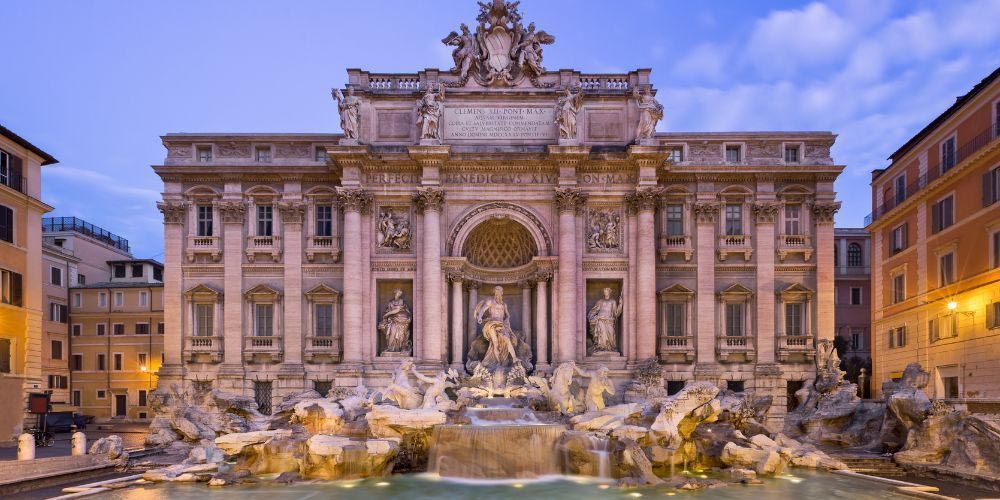
On the first day you can start your visit from Piazza del Popolo, with its elliptical shape and iconic obelisk. Here you can admire the church of Santa Maria del Popolo. If you are an art lover, do not miss the two Caravaggio masterpieces inside: the Conversion of St. Paul and the Crucifixion of St. Peter.
Continuing along Via del Babbuino, you can reach Piazza di Spagna and climb its famous Spanish Steps to reach Trinità dei Monti, from the top of which there is a splendid view of the entire city. Don't forget to take a photo of the Barcaccia fountain by Bernini.
From here you can take a walk along the elegant Via dei Condotti and Via del Corso, where you will find the best boutiques and the most renowned stores. Immediately afterwards, we recommend you drop by Piazza Colonna, near which is Palazzo Montecitorio, home of the Chamber of Deputies.
Next stop is the majestic Trevi Fountain, the largest and most famous fountain in Rome. Remember the famous scene from La Dolcevita by Federico Fellini? Yes, here you can shout Marcello, come here. You can also make a wish by tossing a coin into the water, as tradition dictates.
To end the day, we recommend heading to Piazza Venezia, where stands the imposing Altare della Patria, dedicated to King Victor Emmanuel II.
Day 2: The ancient Rome - Colosseum, Roman Forum and Capitoline Museums
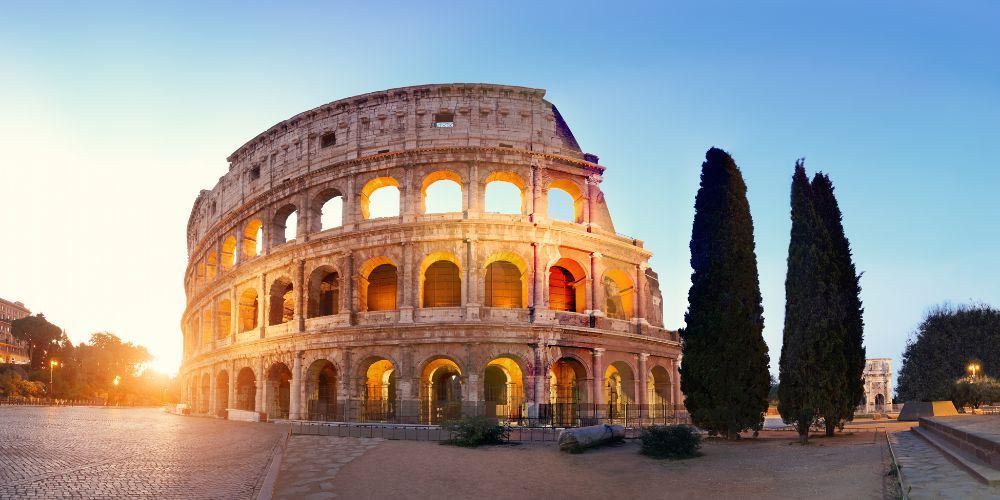
The second day of this week itinerary in Rome we dedicate to ancient Rome. First thing in the morning we recommend a visit to the Colosseum, the largest and most famous amphitheater in the world, where gladiator fights and fights with wild beasts took place, the symbol of Ancient Rome.
Next to the Colosseum is the Arch of Constantine, the largest and best preserved Roman triumphal arch, built to celebrate the victory of Emperor Constantine over his rival Maxentius. From here you can walk along Via dei Fori Imperiali, the road that connects the Colosseum to Piazza Venezia, flanked by the remains of the Roman forums, the places where the political, religious, and commercial life of the city took place.
Before entering the forum, we recommend you have something to eat, after, in the afternoon head towards the Roman Forum, the heart of ancient Rome, where you can admire the remains of temples, basilicas, public buildings, and monuments. Among the most important are the Temple of Saturn, the oldest in the Forum, the Temple of Vesta, where the vestals guarded the sacred fire, the Temple of Antoninus and Faustina, transformed into a church in the Middle Ages. Nearby you will also find the Basilica of Maxentius, the Arch of Septimius Severus, built in honor of the emperor and his sons, the Curia Iulia, seat of the Roman Senate, and the Tabularium, the archive of the Roman State.
Conclude your afternoon at the Capitoline Museums. Here you can admire works of art and archaeological finds of great value, such as the Capitoline Wolf, the bronze statue representing the she-wolf who suckled Romulus and Remus, the equestrian statue of Marcus Aurelius, the only surviving Roman equestrian sculpture, the Bust of Medusa, a work by Bernini, and much more.
In the evening, we recommend that you get lost in the narrow streets of the historic center and stop in a typical Roman pizzeria, the famous ones in Via del Governo Vecchio, near Piazza Navona.
Discover the Colosseum and the Roman ForumDay 3: The enchanting Rome - Piazza Navona, Pantheon and Villa Borghese

On the third day in the morning head to Piazza Navona, one of the most beautiful and lively squares in the city, famous for its baroque fountains. The most spectacular is the Fountain of the Four Rivers, another eternal work by Bernini, which represents the four main rivers of the earth, one for each continent: the Nile, the Ganges, the Danube, and the Rio de la Plata. In the center of the square is the church of Sant'Agnese in Agone, designed by Borromini, Bernini's rival.
From Piazza Navona you can reach the Pantheon, the inStazione Concierge service offers a package for this destination consisting of ticket and guide. The Pantheon is the temple dedicated to all the gods, built by Hadrian in the 2nd century AD. The very famous for its dome, the largest ever built in ancient times, with a circular opening in the center called the oculus. Inside you can see the tombs of illustrious people such as Raffaello and King Vittorio Emanuele II.
In the afternoon we suggest you take a nice walk up to the Terrazza del Pincio, from which you can enjoy a splendid view of the city and from there visit the Gardens of Villa Borghese, among trees, ponds, fountains, and statues. If you still have space in your afternoon, take advantage of the Borghese Gallery, which houses one of the most prestigious art collections in the world, with works by Raffaello, Tiziano, Caravaggio, and Bernini. For the evening, discover the 10 things to do in the capital when the sun sets. Your 7 days in Rome are flying by.
Explore the Borghese GalleryDay 4: The districts of Rome - Campo de' Fiori, Trastevere and Aventine
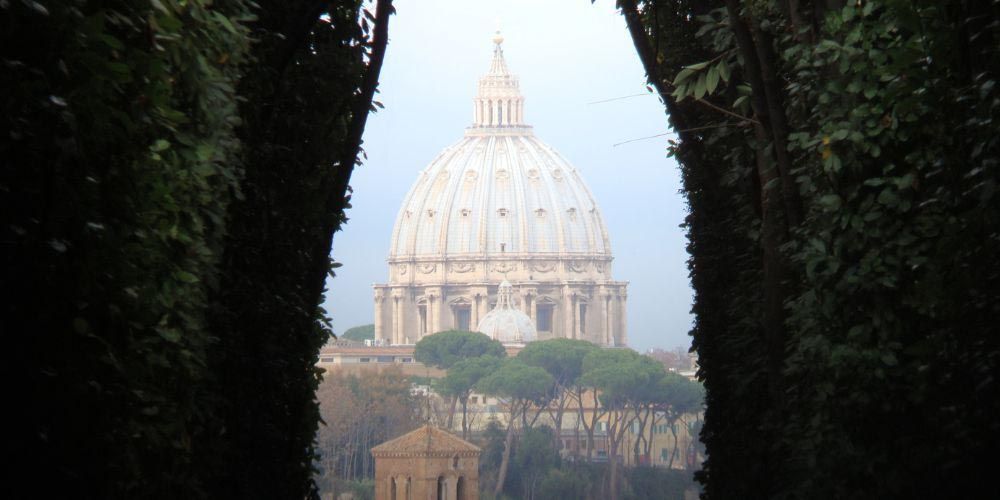
For the fourth day of your week in Rome you can visit some of the most characteristic and evocative districts of Rome. Start in the morning from Campo de' Fiori. In the center of the square there is the famous statue of Giordano Bruno, the philosopher who was condemned to the stake by the Inquisition in 1600 in this very square. We suggest you come in the morning because in Campo de' Fiori ' there is a splendid local market.
For the afternoon From Campo de' Fiori cross the Tiber River and reach the Trastevere district, lose yourself in the characteristic streets. Towards sunset proceed towards the Aventine Hill. Here you can visit the churches of Sant'Alessio, Santa Sabina and Sant'Anselmo, and the famous Giardino degli Aranci, from which you can enjoy a splendid view. Furthermore, don't miss the curious Keyhole, located on the door of the Villa of the Priory of Malta, from which you can see the dome of St. Peter's perfectly framed.
For the evening, we recommend staying in the Aventino district where on Viale Aventino you will find numerous clubs, alternatively move towards the nearby Testaccio district, where if you are very hungry you will find plenty of trattorias and restaurants, try one of the typical Roman dishes.
Day 5: Treat yourself to a trip out of town - a day in Tivoli
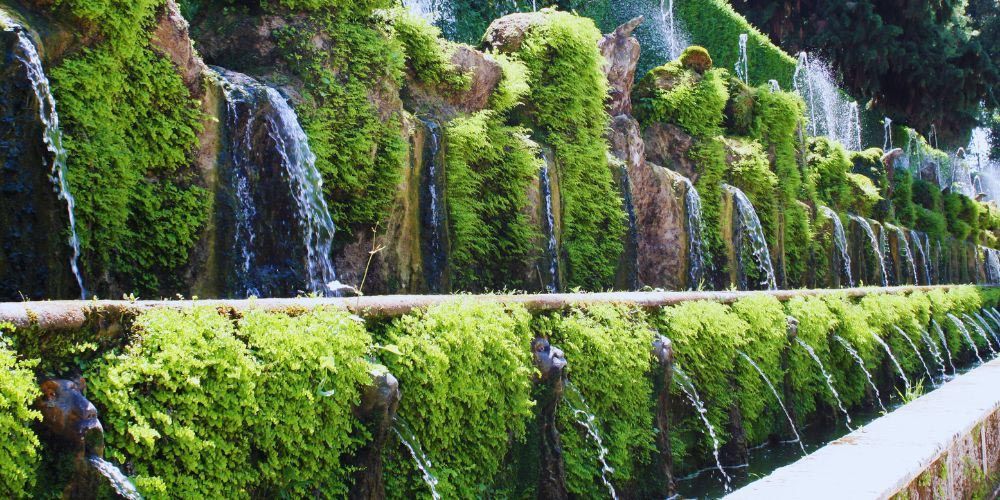
We have reached the fifth day of our week in Rome, so why not take a picnic out of town? We suggest a visit to the town of Tivoli, located about 30 km from Rome. Here you can admire two splendid UNESCO heritage villas: the Villa d'Este and the Villa Adriana. The visit will take the whole day.
Villa d'Este is one of the most beautiful Renaissance residences in Italy, famous for its Italian gardens and its monumental fountains. Here you can walk among hedges, flowerbeds, statues and water features, and visit the apartments of Cardinal Ippolito d'Este, richly decorated with frescoes.
Villa Adriana is the residence that Emperor Hadrian had built in the 2nd century AD, inspired by the architecture that he had seen on his travels. Here you can see the remains of temples, theaters, baths, nymphaeums and other buildings that recreated a true imperial microcosm.
In the evening, stop in one of the many fraschette (typical restaurant) of the Castelli Romani.
Discover Villa d'EsteDay 6 in Rome: Take your pick - Visit to Pompei or day at the seaside
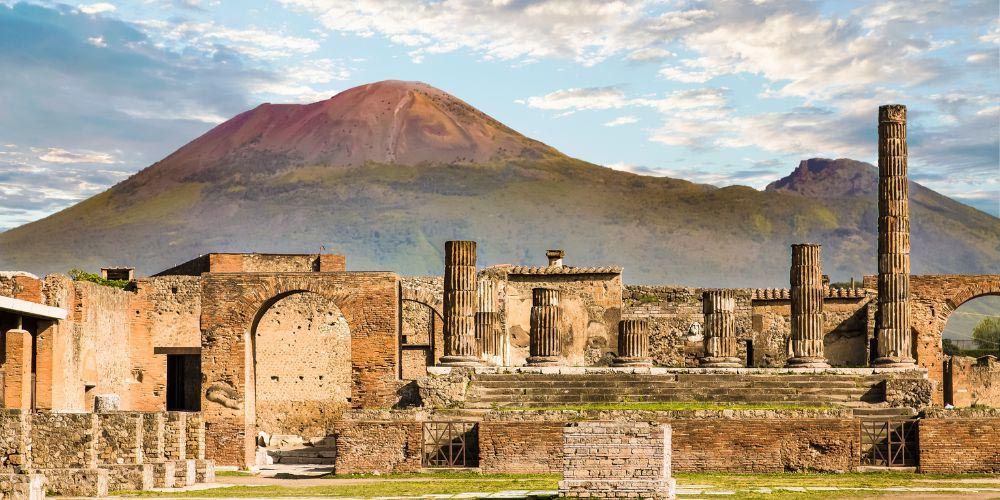
On the sixth day of your week in Rome you can go a little further and choose between two options: a trip to the ruins of Pompei or spend a day at the seaside of Rome: the Lido di Ostia.
Pompeii is one of the most fascinating and evocative destinations in Italy, if you want to simplify your organization and feel in safe hands, we advise you once again to rely on inStazione. Here concierges, travel agents, local guides, art historians, archaeologists, local experts, will be at your disposal to give you concrete and reliable support to organize a private tour or an experience In Pompeii, caring also about the transfer.
Vesuvius in 79 AD. buried the city under a blanket of ash. Here you can admire the houses, temples, theaters, spas, shops, and frescoes that have remained intact for centuries. To reach Pompeii from Rome alternatively you can take the Frecciarossa or Italo train to Naples and then the Circumvesuviana train to the Pompei Scavi-Villa dei Misteri station. Overall, the journey lasts about two and a half hours, so plan for a full day, then stop for dinner in the beautiful city of Naples.
If, however, you have already had a hearty feast of culture and prefer to relax in the sun or take a swim in the sea, you can go to Lido di Ostia, the closest seaside resort near Rome. Here you can choose between free beaches or equipped establishments and enjoy a day of relaxation and fun. For this destination too we suggest you stay for the evening and take advantage of one of the many fish restaurants in Ostia.
Day 7: The summer residence of the popes - Castel Gandolfo
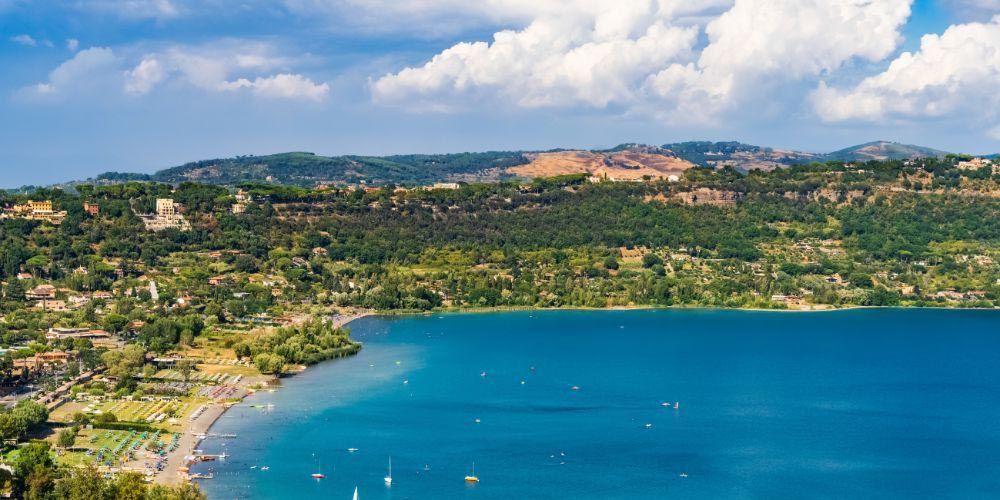
On the last day of your week in Rome we recommend that you dedicate it to visiting another fantastic out-of-town destination, Castel Gandolfo, the summer residence of the popes, located on the shores of Lake Albano. Here you can visit the Apostolic Palace, where the historical museum is located with objects and documents related to the history of the Church and the Vatican Gardens, where you can admire the flora and fauna typical of the area.
We also suggest taking a walk along the lake, where you will find restaurants, bars and nautical activities, or visiting the nearby Castelli Romani Regional Park, where you can discover other historic villages such as Frascati, Nemi, Ariccia and Velletri.
Enjoying the pleasures of the table in Italy is a priority; therefore, also for this destination we suggest you stop for the evening in one of the fascinating Roman castles and take advantage of a fraschetta, the typical local taverns of the Castelli Romani.
More things to see and do in Rome in a week (family edition)
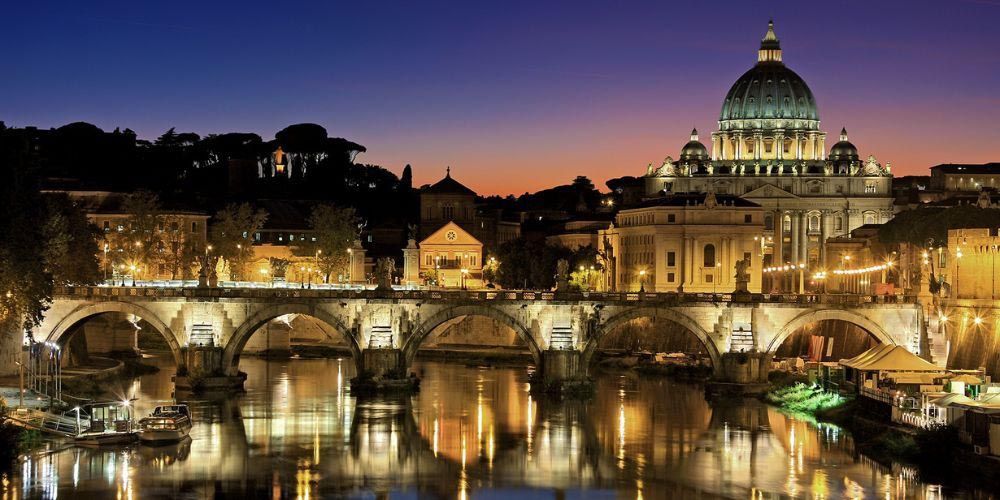
In summary, in this article we have proposed a complete itinerary for spending 7 days in Rome, without missing out on any experience without forgetting fun and relaxation. Remember that to simplify your stay you can help yourself with inStazione, which you will find at the central Termini Station in Rome. inStazione's people will help you plan the stages of your trip, choose tours or experiences dedicated to food, art or nature, optimizing the time of your stay. inStazione also offers a 24-hour City Sightseeing Rome service!
Below, however, are some useful ideas if you visit Rome with your family:
- Bioparco: Rome's zoo, where you will see over 1000 animals of 200 different species, including lions, tigers, elephants, giraffes and monkeys. The park also offers play areas, educational workshops and shows.
- Explora: the children's museum of Rome, where you will experience science and technology in a playful and interactive way. The museum also offers creative workshops, green spaces and a library.
- Attend a football match: if you are a sports fan, attend a match of the local team, Roma or Lazio, at the Olympic stadium. You can purchase tickets online or at authorized resellers.
- Concerts: you can find interesting musical events at the Auditorium Parco della Musica or take advantage of a show at the Opera House or an opera concert in a church in the center of Rome.
Discover the Opera in RomeAbout the author
Written on 13/03/2024

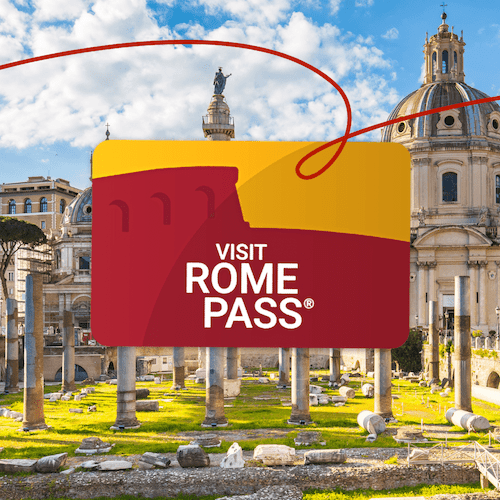
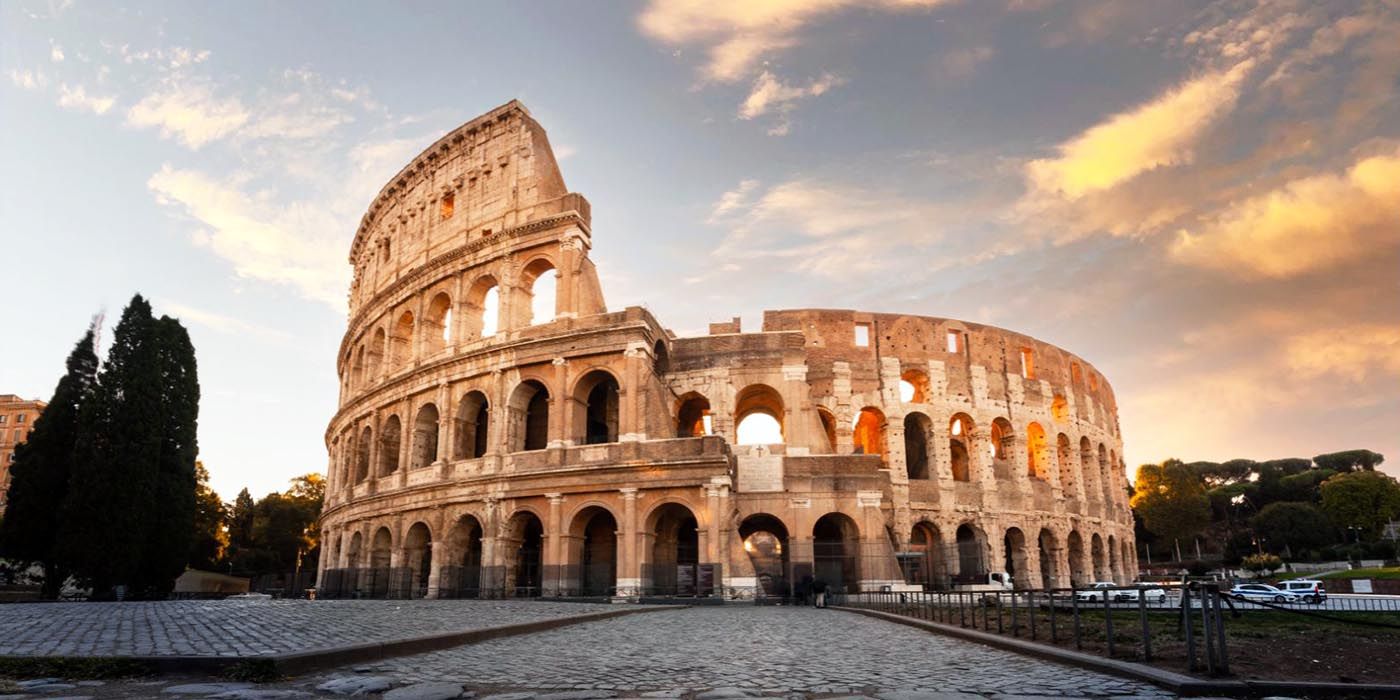


Marco Brunasso
Rome in a week! Come and discover our 7-day itinerary in the eternal city, the perfect number to discover all its wonders